INTERNATIONAL INVESTMENT
AND PORTAL
 Gold skyrockets on back of tariff barrage, Photo Le Toan
Gold skyrockets on back of tariff barrage, Photo Le Toan
Starting on April 5, a base tariff of 10 per cent will apply to all imports from trading partners of the United States. Beginning April 9, higher import tariffs will be imposed on more than 60 countries with large trade deficits with the US, including China at 34 per cent, Vietnam at 46 per cent, and Europe at 20 per cent.
US President Donald Trump’s aggressive tariff policy has raised concerns in the market, as fears grow that the world’s largest economy could fall into a period of stagflation. The announcement coincided with unsettling economic signals earlier this week, including weaker-than-expected US manufacturing activity and a lower-than-anticipated number of jobs created in late February.
According to financial experts, concerns about economic stagnation have led global investors to sell off stocks and shift capital into safe assets such as gold, as they fear currency devaluation and financial instability.
John Reade, market strategist for Asia and Europe at the World Gold Council, stated that the trade conflict is one of the factors driving up gold prices. The rise of gold above $3,000 per ounce further affirms gold’s role as a safe-haven asset.
“Gold prices have increased due to the trade war and global geopolitical instability. These factors are driving investors to view gold as an essential tool for portfolio diversification,” he said. “Whether gold can maintain these historically high levels is yet to be seen. However, what is certain is that gold’s role as a safe-haven asset has never been clearer.”
Naeem Aslam, chief investment officer at Zaye Capital Markets, shared that despite gold seeing a significant price increase since the beginning of the year, there is still room for growth.
“Smart investors understand one thing: much of the bad news has already been factored into the price, and the chances of a sharp decline are limited, especially when considering the parabolic fluctuations we’ve seen,” Aslam said. “However, traders should remember that the trade war is far from over, meaning there are still many uncertainties looming. This suggests that after a period of correction, gold prices could continue to rise.”
Domestically, on the morning of April 3 Vietnam time, SJC gold bars and gold rings saw a significant price increase, with companies like SJC, PNJ, and DOJI quoting gold prices around $4,000 per ounce for buying and $4,110 per ounce for selling, a rise of $40 per ounce from the previous day.
Gold prices were also recorded at their highest levels in history, ranging from $3,985-4,100 per ounce.
The prices soared internationally following President Trump’s announcement of sweeping tariffs on imports from various countries. After a day of decline, gold prices suddenly surged to new heights. On the global market, gold also hit a new peak of $3,160 per ounce during the morning session of April 3.
Gold prices reached their 19th all-time high in 2025, with seven of those peaks exceeding $3,000 per ounce. Prices increased by 18 per cent this year, after a 27 per cent rise in 2024.
Economist Nguyen Tri Hieu stated that the global gold price exceeding $3,100 per ounce has led to a rise in domestic prices. “Previously, the global gold market saw periods of rapid price hikes, such as in 2008-2009, where prices soared and then suddenly plummeted,” Hieu said. “Therefore, after reaching the current high, global gold prices could drop due to profit-taking sales. Gold prices are rising due to geopolitical impacts, instability in certain regions, and the risk of a global trade war.”
As for domestic gold prices, Hieu believed the main reason is the limited supply, as the State Bank of Vietnam has not been importing gold in recent years, and sales are limited.
“Two key factors – the sharp rise in global gold prices fuelling the fear of missing out sentiment and the limited domestic supply – have led to continuous increases in domestic gold prices. When the domestic gold supply is abundant, people can easily buy gold, which will help cool down the market,” he suggested.
Hieu also recommended that authorities urgently revise rules on the management of gold business activities to facilitate imports and increase supply.
“I advise that the gold market should not be a channel for speculation or short-term profit. Investors should avoid gold price speculation as they may face double risks when the market suddenly declines,” he added. “When gold prices surge, there is a risk of counterfeit gold, low-quality gold, and online gold trading on unregulated platforms. People need to be cautious and choose reputable gold shops licensed by authorities to avoid fraud.”
From a more cautious perspective, Dr. Nguyen Quoc Viet, a lecturer at the University of Economics under the Vietnam National University, said that the continuous record-breaking gold prices have been warned about since 2024, but have yet to be addressed.
“Beyond the impact of global gold prices, the challenges in business operations have led a small number of investors to turn to gold. This comes from a defensive mindset due to growing uncertainties,” he said. “In light of this, I suggest that local authorities ensure efficiency and implement solutions to mitigate risks, addressing individuals who may be exploiting the market.”



















